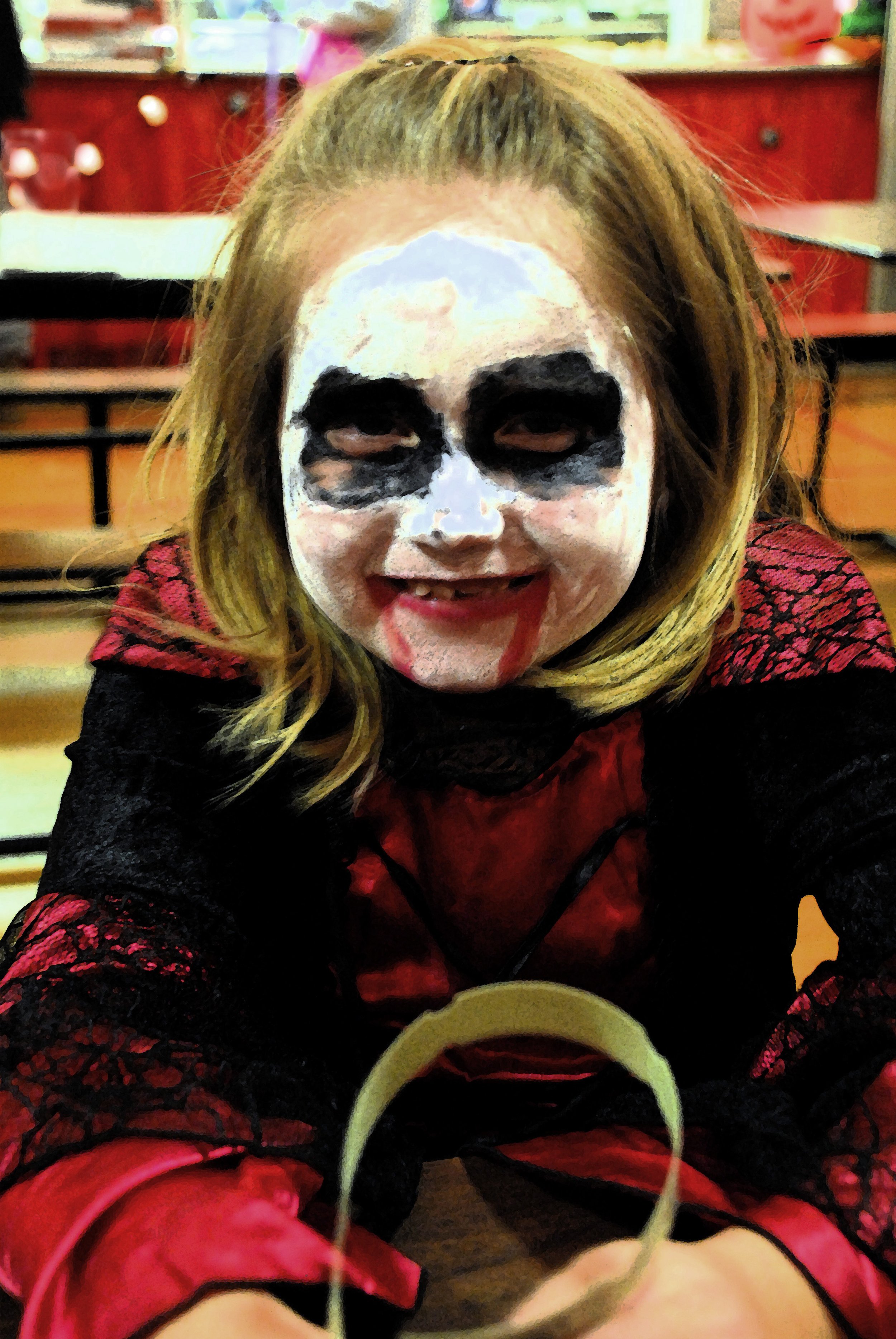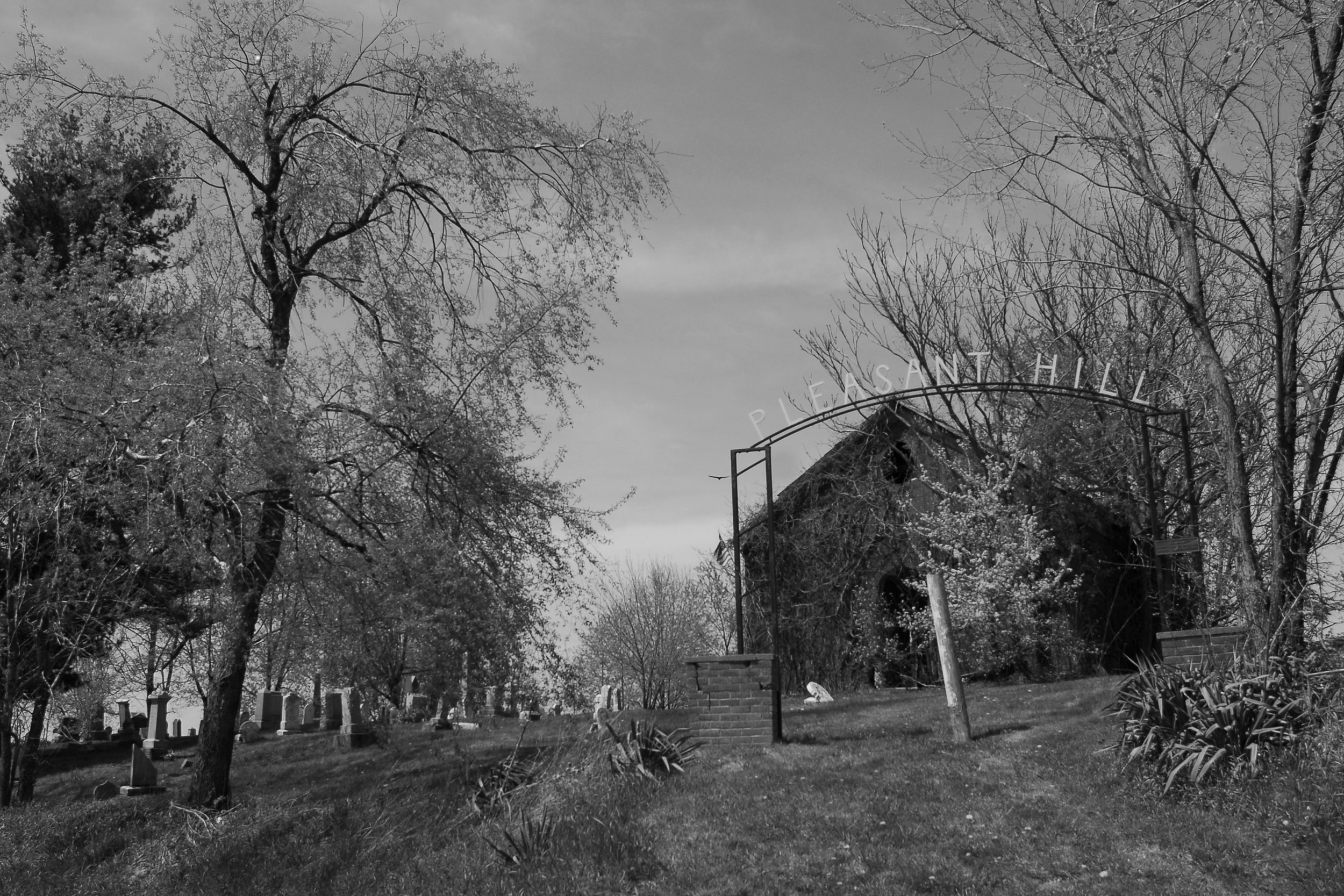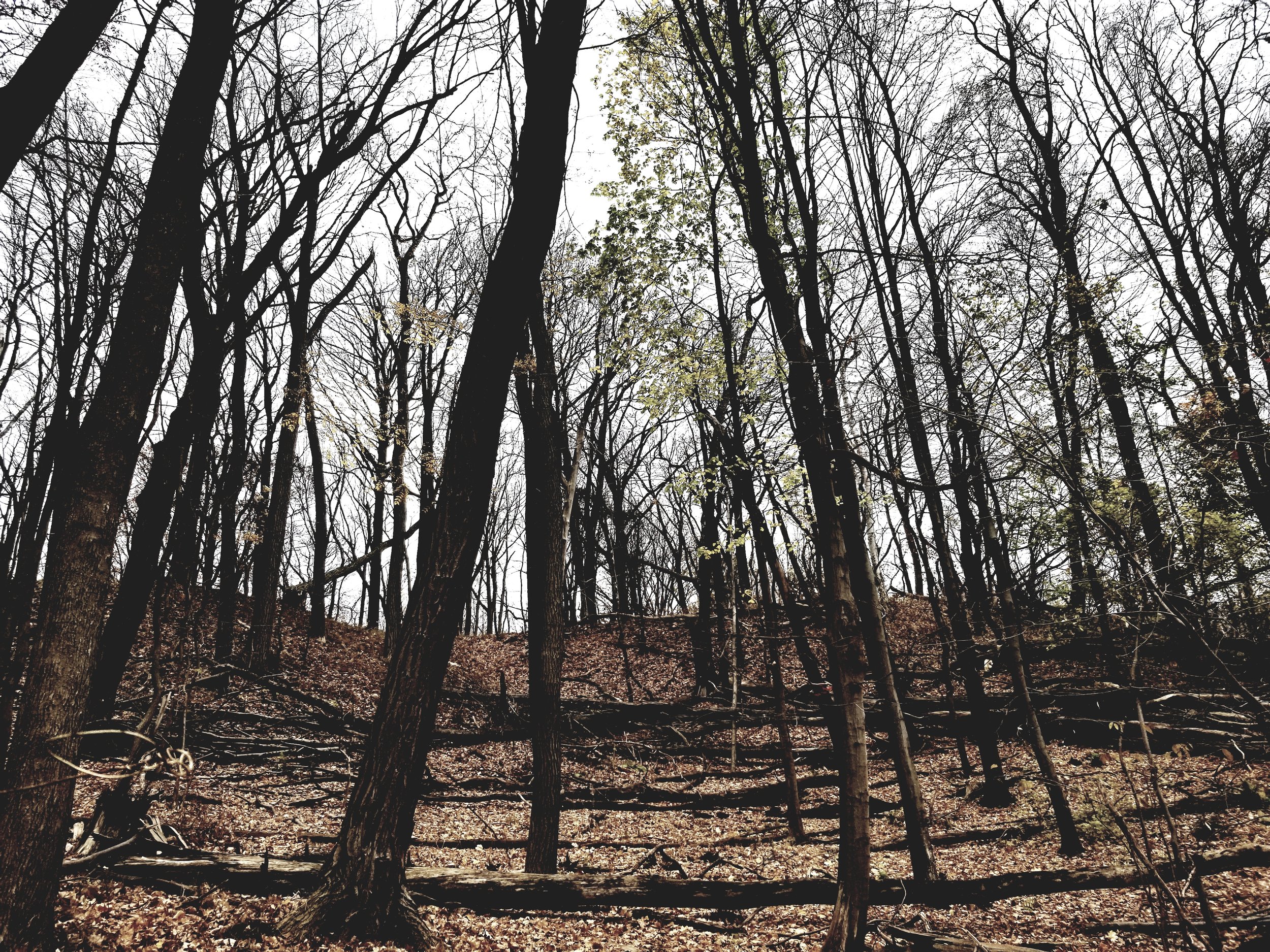13 Days of Halloween: #1 Happy Halloween
/It’s here…party time. Trick or treating and gatherings. Halloween’s history and practice give this holiday a surreal quality unlike other holidays. Jack o’lanterns lighting the night designed to scare evil spirits away, the veil between worlds dissipating, tricks, masks, swirling leaves, witches, monsters, Batman, clowns---nothing is as it appears. When I think of Halloween I think of movement. There is a chaotic energy about with children running, parents frantically trying to keep them in sight. I’ve seen snow flying on Halloween, but most of the time dying leaves are dropping from trees or kicking up in mini cyclones along the road. Flashlights and headlights catch capes of superheroes and vampires fluttering and whipping.
Ten years ago, when I was a reporter for a daily paper in the Ohio Valley, I was invited to cover two town Halloween parties on the same evening. These were small rural towns, and these parties were traditions for them, put on by volunteers at the town community halls. The celebrations brought out all of the townspeople, many in costumes. I have to say I didn’t expect the creepy feelings that the parties brought on, but it was certainly spooky. Maybe it was the darkness and the scary makeup or maybe the way Dorothy was eyeing the mummy’s meat cleaver.
Be safe out there, and Happy Halloween!



















































